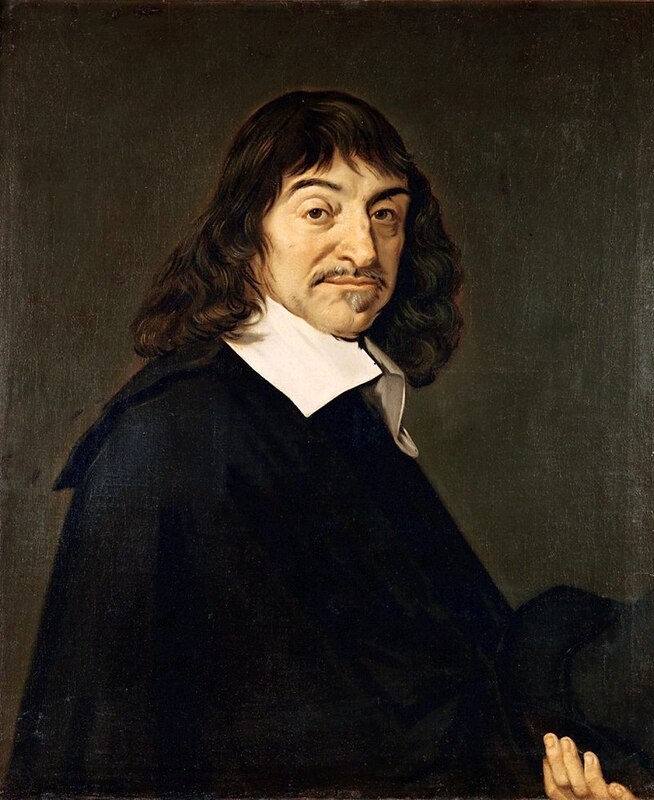|
“In the 17th century, when Descartes was engaged in a tit-for-tat on the topic of ‘radical doubt’, many philosophers believed that we learn about certain truths through senses, such as touch and sight. “Descartes thought that this was wrong: the senses were deceiving. (A person, after all, could be hallucinating or dreaming.) Descartes’ critics responded by asking: ‘If the senses can be so deceiving, then what’s stopping us from doubting everything, including our own existence?’ “Descartes’ response: Cogito, ergo sum — ‘I think, therefore I am.’ The fact that you can doubt your own existence, the philosopher said, is proof that you exist. “Mental phenomena, Descartes declared, are not part of the senses. They are not of the physical world at all. Rather, the mind and body are distinct, separate. Consciousness and the mind are not made of physical matter. “This latter argument, called Cartesian dualism, was widely adopted by thinkers across the West and led to a flourishing of scientific thought, particularly in medicine. “Writing for the journal Mens Sana Monograph, psychology professor Mathew Gendle notes, ‘The formal separation of the ‘‘mind’’ from the ‘‘body’’ allowed for religion to concern itself with the non-corporeal ‘‘mind’’, while dominion over the ‘‘body’’ was ceded to medical science.’ “This advance contributed to great strides in medicine, but it also created problems. “For one thing, it encouraged a view that physical and mental problems are entirely separate, without the ability to influence one another. It also promoted a sense that mental experiences are less legitimate than physical ones, contributing to a culture that often stigmatizes mental health concerns. As it turns out, when an entire society separates mind from body, we risk treating mental health problems as less real, even though they can affect us just as much as any broken bone.” Excellent summary from interestingfacts.com. Descartes is heralded as the first modern philosopher. However, he is more famous for inventing analytic geometry, which linked geometry and algebra. I studied analytic geometry and pre-Calculus in senior year of high school, and that is when the fork in the road was reached: math or English? (af + bg)′ = af′ + bg′ ∫ (af + bg) dx = a ∫ fdx + b ∫ gdx OR Jane Austen’s Vanity Fair. I can say this: one of the improvements in math education is that children are introduced to concepts of algebra, geometry, and functions in 7th and 8th grades, which is earlier than I was. Aristotle introduced “Eudaemonism”, which he described as the greater state of positive existence by combining wisdom, contemplation, and virtue. I recommend Aristotle’s Ethics, which is one half of a single treatise of which his Politics is the other half. I would rank philosopher Aquinas (Catholic priest, 1225 - 1274) first, philosopher Aristotle (Greek polymath, 384 BC - 322 BC) second, and philosopher Descartes (Catholic layman, 1596 - 1650) third. On the left is Descartes.
Portrait by Frans Hal (1582-1666), hanging in the Louvre Museum. This is a faithful photographic reproduction of a two-dimensional, public domain work of art. The work of art itself is in the public domain for the following reason: This work is in the public domain in its country of origin and other countries and areas where the copyright term is the author's life plus 100 years or fewer. On the right is Aquinas.
0 Comments
Leave a Reply. |
Categories
All
Archives
July 2024
|


 RSS Feed
RSS Feed